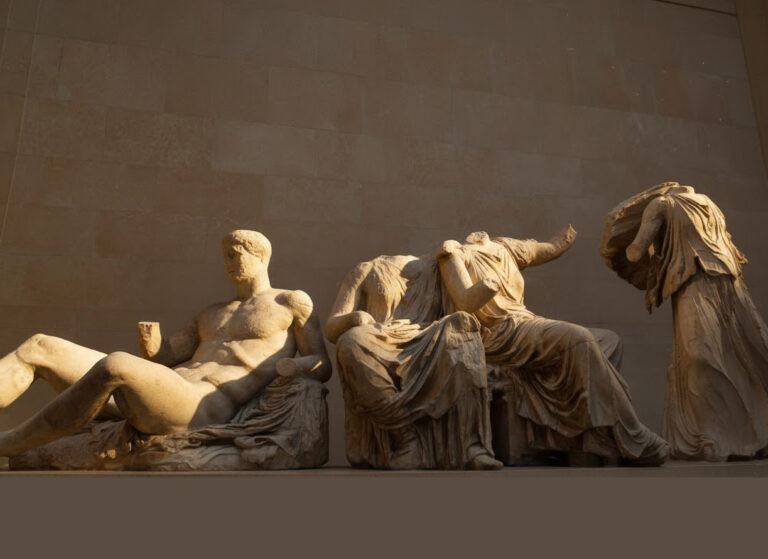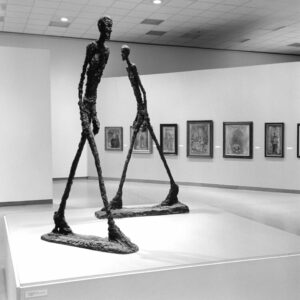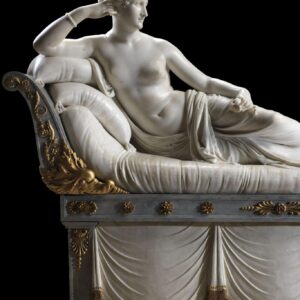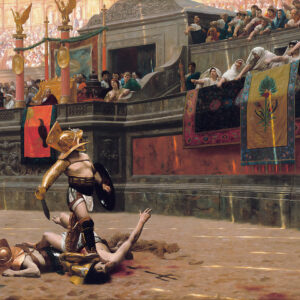Phidias was born around 480 BC, likely in Athens. He was the son of Charmides. Although he initially painted, he quickly turned to sculpture, where he achieved unmatched fame. He is traditionally credited with training under the sculptors Hegias (or Hegelaidas) of Argos and Ageladas.
Phidias became the leading figure in Athenian art during the reign of the statesman Pericles. Pericles entrusted Phidias with the general supervision of the massive building program on the Acropolis of Athens, which began around 447 BC. This project included the construction of the Parthenon and the creation of its sculptural decoration.
His innovative style defined the High Classical period of Greek art. His work was known for its idealism, monumentality, and profound sense of nobility and serenity. He mastered the chryselephantine technique—the use of gold and ivory over a wooden framework—to create his most spectacular cult statues.
Despite his fame, the end of Phidias’s life is uncertain and involves controversy. According to various accounts, he faced charges in Athens:
-
Accusation of Embezzlement: He was accused of stealing some of the gold intended for the statue of Athena Parthenos. He successfully disproved this charge by having the gold weighed.
-
Accusation of Impiety (Asebeia): A more serious charge was that he had sculpted his own likeness and that of Pericles onto the shield of the Athena Parthenos. He was allegedly thrown into prison in Athens where he died, or, alternatively, he was exiled to Olympia, where he created the Statue of Zeus, and died there.
Notable Works
Phidias’s most celebrated works, none of which survive in their original form, are known today through Roman copies, literary descriptions, and coin depictions.
-
Statue of Athena Parthenos (Parthenon, Athens):
-
Completed in 438 BC, this colossal statue stood in the main cella (inner chamber) of the Parthenon.
-
It was made of chryselephantine (gold and ivory) and stood about $11.5 \text{ meters}$ (38 ft) tall.
-
Phidias also oversaw the creation of the Parthenon’s frieze, metopes, and pediments, which depict mythological and historical scenes.
-
-
Statue of Zeus at Olympia (Temple of Zeus, Olympia):
-
Created around 435 BC and placed in the Temple of Zeus at Olympia.
-
This was another colossal chryselephantine work, depicting the god Zeus seated on a throne.
-
It was considered one of the Seven Wonders of the Ancient World.
-
-
Bronze Athena Promachos (Acropolis, Athens):
-
A massive bronze statue, about $9 \text{ meters}$ (30 ft) high, which stood between the Propylaea (gateway) and the Parthenon. Its spear tip and helmet crest were visible to ships approaching Piraeus (the port of Athens).
-
























